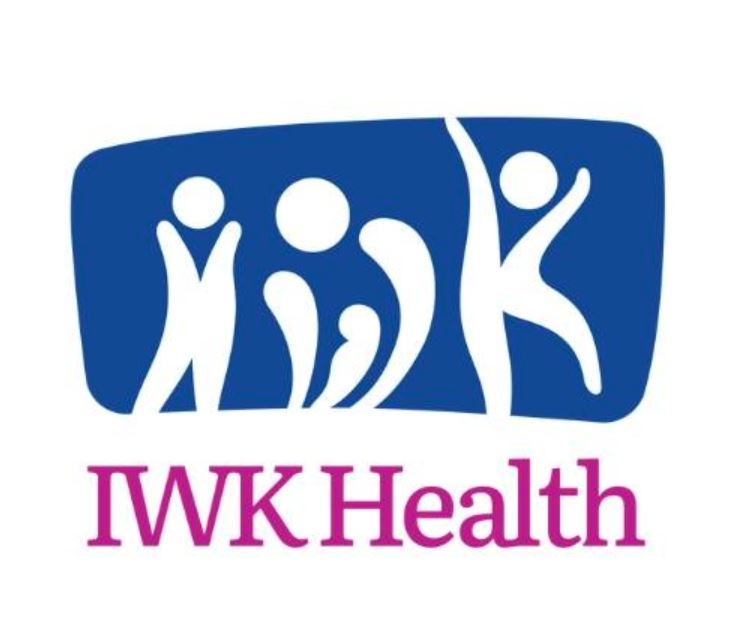Science
New Digital Tool Enhances Patient Experience in Emergency Care

A research team at the IWK Health Centre in Halifax, Canada, has developed a new digital tool aimed at improving the experience of patients in the often high-stress environment of the Emergency Department (ED). Known as the ED Patch, which stands for Emergency Department Patient Activated Transition to Care at Home, this innovative tool allows patients and caregivers to document their emergency care visits effectively.
The ED Patch enables users to track essential details of their visit using a smartphone or tablet. Patients can take notes on their symptoms, tests, and procedures, ensuring they capture all relevant information during their time in the emergency room. Once they complete their documentation, a healthcare provider reviews and confirms the summary. This summary is then emailed to the patient or caregiver, providing them with an accessible record of their visit that can be referred to later at home, especially when following up with a medical professional.
In a statement, the IWK highlighted that the fast-paced nature of emergency care often complicates patients’ and families’ abilities to remember discussions and required actions after leaving the hospital. The ED Patch addresses this issue by aiming to enhance memory retention and provide clarity. Early indications from initial tests suggest that both patients and caregivers appreciate the increased sense of control and understanding it offers.
As healthcare systems continuously seek ways to improve patient outcomes, tools like the ED Patch represent a significant step forward. This initiative not only enhances patient engagement but also fosters better communication between patients and healthcare providers. By empowering individuals to take an active role in their care, the ED Patch stands to make a meaningful impact on the emergency care experience.
The ongoing testing and evaluation of the ED Patch at the IWK Health Centre will be crucial in determining its long-term effectiveness. Should the initial positive feedback continue, this tool could pave the way for similar innovations in emergency departments across the globe, ultimately benefiting patients in high-pressure situations.
-

 Education3 months ago
Education3 months agoBrandon University’s Failed $5 Million Project Sparks Oversight Review
-

 Science4 months ago
Science4 months agoMicrosoft Confirms U.S. Law Overrules Canadian Data Sovereignty
-

 Lifestyle3 months ago
Lifestyle3 months agoWinnipeg Celebrates Culinary Creativity During Le Burger Week 2025
-

 Health4 months ago
Health4 months agoMontreal’s Groupe Marcelle Leads Canadian Cosmetic Industry Growth
-

 Science4 months ago
Science4 months agoTech Innovator Amandipp Singh Transforms Hiring for Disabled
-

 Technology4 months ago
Technology4 months agoDragon Ball: Sparking! Zero Launching on Switch and Switch 2 This November
-

 Education4 months ago
Education4 months agoRed River College Launches New Programs to Address Industry Needs
-

 Technology4 months ago
Technology4 months agoGoogle Pixel 10 Pro Fold Specs Unveiled Ahead of Launch
-

 Business3 months ago
Business3 months agoRocket Lab Reports Strong Q2 2025 Revenue Growth and Future Plans
-

 Technology2 months ago
Technology2 months agoDiscord Faces Serious Security Breach Affecting Millions
-

 Education4 months ago
Education4 months agoAlberta Teachers’ Strike: Potential Impacts on Students and Families
-

 Education3 months ago
Education3 months agoNew SĆIȺNEW̱ SṮEȽIṮḴEȽ Elementary Opens in Langford for 2025/2026 Year
-

 Science4 months ago
Science4 months agoChina’s Wukong Spacesuit Sets New Standard for AI in Space
-

 Business4 months ago
Business4 months agoBNA Brewing to Open New Bowling Alley in Downtown Penticton
-

 Business4 months ago
Business4 months agoNew Estimates Reveal ChatGPT-5 Energy Use Could Soar
-

 Technology4 months ago
Technology4 months agoWorld of Warcraft Players Buzz Over 19-Quest Bee Challenge
-

 Business4 months ago
Business4 months agoDawson City Residents Rally Around Buy Canadian Movement
-

 Technology2 months ago
Technology2 months agoHuawei MatePad 12X Redefines Tablet Experience for Professionals
-

 Technology4 months ago
Technology4 months agoFuture Entertainment Launches DDoD with Gameplay Trailer Showcase
-

 Top Stories3 months ago
Top Stories3 months agoBlue Jays Shift José Berríos to Bullpen Ahead of Playoffs
-

 Technology4 months ago
Technology4 months agoGlobal Launch of Ragnarok M: Classic Set for September 3, 2025
-

 Technology4 months ago
Technology4 months agoInnovative 140W GaN Travel Adapter Combines Power and Convenience
-

 Science4 months ago
Science4 months agoXi Labs Innovates with New AI Operating System Set for 2025 Launch
-

 Technology4 months ago
Technology4 months agoNew IDR01 Smart Ring Offers Advanced Sports Tracking for $169










